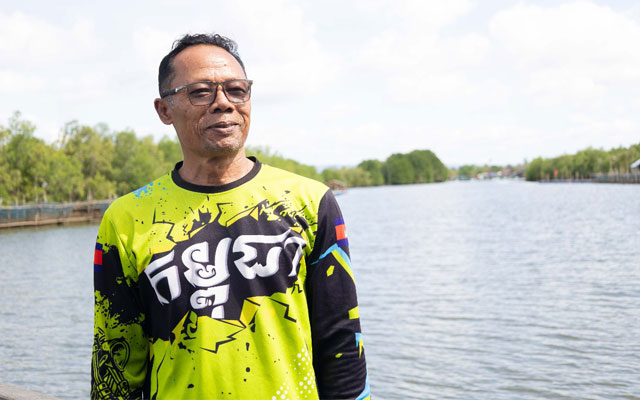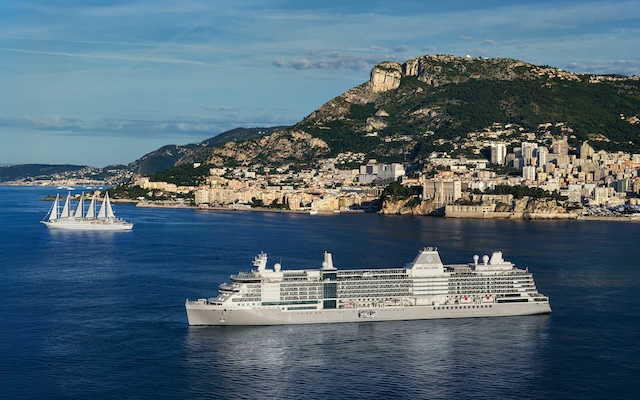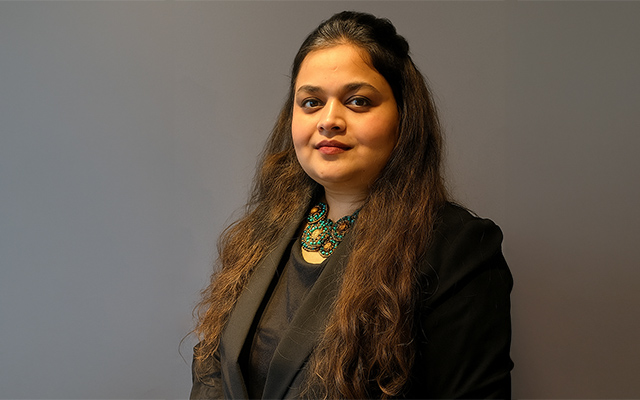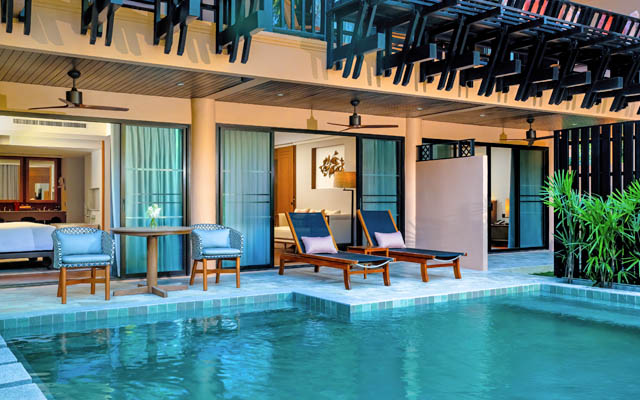Only a few years ago, the Cambodian fishing community of Trapeang Sangke had hit rock bottom. Illegal fishing and overfishing, combined with development in the area that razed swathes of mangroves, led to rapidly depleting fish stocks that villagers have relied on for generations for their livelihoods.
The results were disastrous. Many residents in the area in Kampot, close to the Cambodian coast, were forced to illegally migrate to Thailand and Malaysia to work in often dire conditions. Children dropped out of school early to help their parents earn money, and the future looked bleak.
In 2019, community chief Him Sim decided to take action and tap into alternative sources of income for the 914-strong community. With the help of various organisations, including Asian Development Bank, they formed an ecotourism venture in the form of Trapeang Sangke Community-based Tourism.
Initially, the project ran as a small operation involving a handful of basic wooden huts perched over the river, and the chance to accompany fishermen, plant mangroves and learn more about the ethnic Cham people’s way of life.
“Before, many families didn’t have time or money to take their kids to school due to the hard livelihoods of fishing. They would bring their kids with them when they went fishing or to find any kind of income,” Sim said.
“Now, they only need one person for labour, not the whole family. Even though they haven’t become rich, they can now make enough money to support their family and send their kids to school, and they have enough food.”
While Covid-19 saw visitors drastically dwindle, the eco-tourism project is ramping up efforts to lure more visitors and has recently upscaled operations.
Today, more than 20 quaint, brightly-painted huts offer rustic overnight stays, and more fishing boats capable of transporting up to 16 people have been added to the fleet, with additional members of the community trained to professionally welcome visitors.
Fishermen now double up as boat drivers, guiding river cruises and accompanying guests who want to plant mangroves. In addition, women in the community have launched women-led cook groups to cater adequately to guests, while others are employed as cleaners and guides.
This also enables members to increase their earnings, with 20 per cent of the profits from all of the income earned through the ecotourism project being pumped back into a community fund to support the vulnerable.
For example, the community pot of cash is distributed to elderly members living in underprivileged households, struggling widows and students who drop out of school due to lack of funds.
Committee member Him Ny said that currently, the majority of visitors are domestic day trippers, visiting to cruise the river, plant mangroves and snap selfies at the many Instagrammable spots. However, the community is hoping to tap into the international crowd.
“The eco-tourism project helps us to protect our traditional jobs as fishermen, as well as protect the mangroves and the ecosystem, and tourists can help play a part,” he added.





















